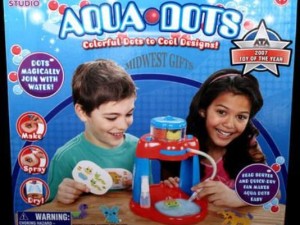Each year, more than 1.4 million people will suffer a brain injury from a car accident, fall, assault or some other cause. The brain is incredibly complex and so is the treatment of brain injuries. Primarily, physicians have relied upon CAT scans and physical symptoms such as loss of consciousness, dizziness, nausea, slurred speech, confusion and the like to determine the severity of the brain injury.
But both of those methods have their limitations. For instance, CAT scans can only detect if there is cranial bleeding. They are unable to detect damaged brain cells that are not bleeding. As for the physical symptoms, they may not always be detected or reported. For instance, in a car accident, a person may lose consciousness for a short period of time and regain it before any emergency medical personnel reach the scene. Or with a young infant who has not yet learned to talk, it would be difficult to know if the child was slurring its speech or was dizzy, etc. Continue reading
 Tennessee Injury Law Center
Tennessee Injury Law Center




